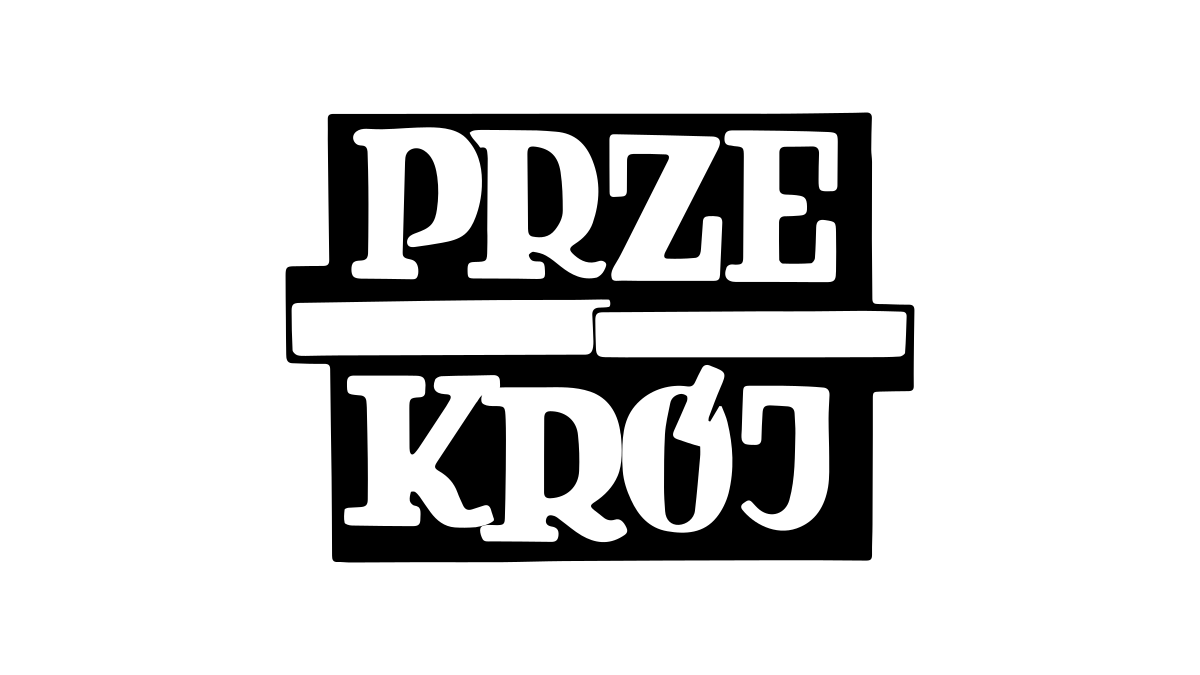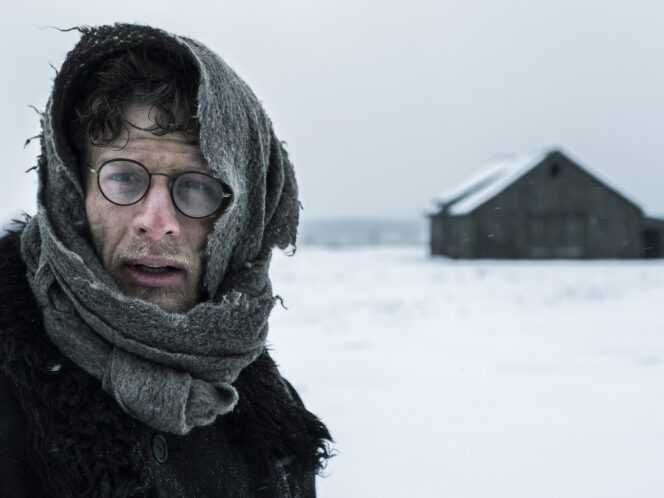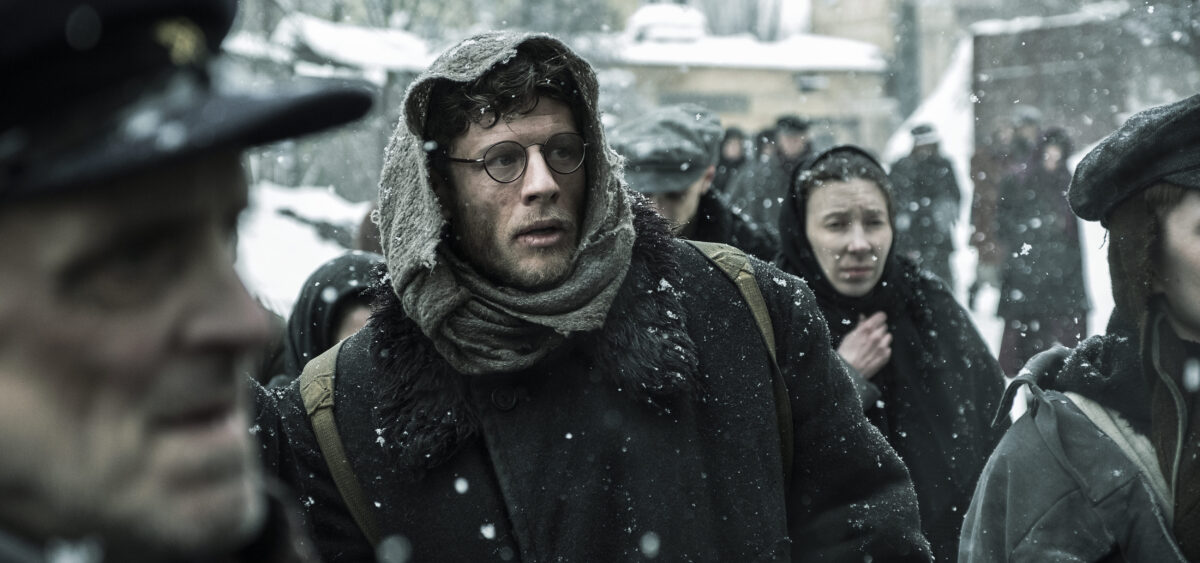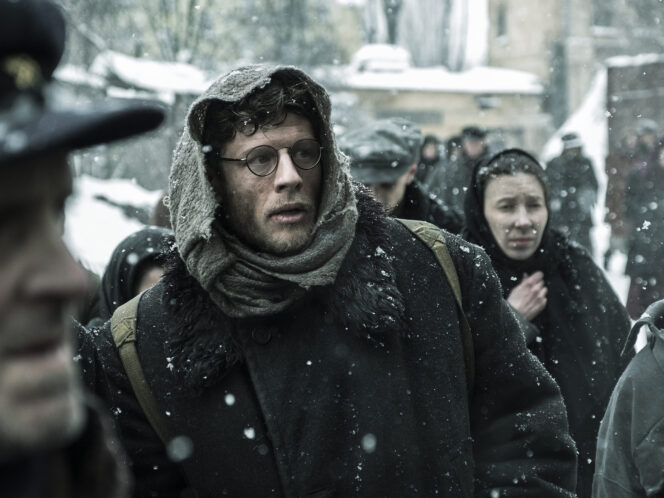
I come from the Dnipropetrovsk region, where thousands of inhabitants died from starvation during the Great Famine in Soviet Ukraine in 1932–1933; the total number of victims across the country varies from 3–10 million people. My great-grandmother, Irina, was 28 when the famine swept over the country. She was a single mother with two sons: my grandfather, Viktor, 6 years old, and his brother, Vova, 10. She worked at the factory canteen and was therefore able to feed her family.
The right to ignorance
I remember when I asked my parents about the Great Famine for the first time. They pityingly answered: “It was a year of crop failure after the revolution.” No wonder that they didn’t know about the tons of grain that were taken away from Ukrainian peasants and sold for export, while farmers themselves were dying from hunger. They didn’t know about the regime representatives going from hut to hut and confiscating all the food they could find. They couldn’t know that the Soviet guards were shooting on sight the starving peasants for stealing an ear of wheat to survive. These tiny details were cut off from their history books as undesirable. Startlingly, the true reason for the millions of deaths remained hushed up for over 60 years.
Since 1991, the year when Ukraine gained independence, the Terror-Famine has become a subject of discussion and deep research. Seven years after independence, the Ukrainian government finally set-up the Holodomor Victims Memorial








